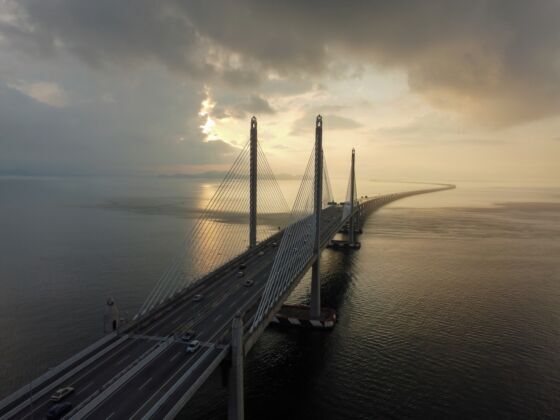Charles Bridge, Prague

Photo: YesPhotographers/Shutterstock
Built in 1357 as part of Emperor Charles IV’s vision for a majestic Prague, Charles Bridge connects Old Town and New Town, spanning the width of the Vltava River. Statues of saints, street artists, and panoramic views of the city draw millions of tourists here every year.
Banpo Bridge, Seoul

Photo: Mongkol Chai/Shutterstock
Seoul’s Banpo Bridge features an ornamental rainbow fountain that shoots sprays of water through almost 10,000 LED-lit nozzles that line its span.
Puente Nuevo, Ronda, Spain
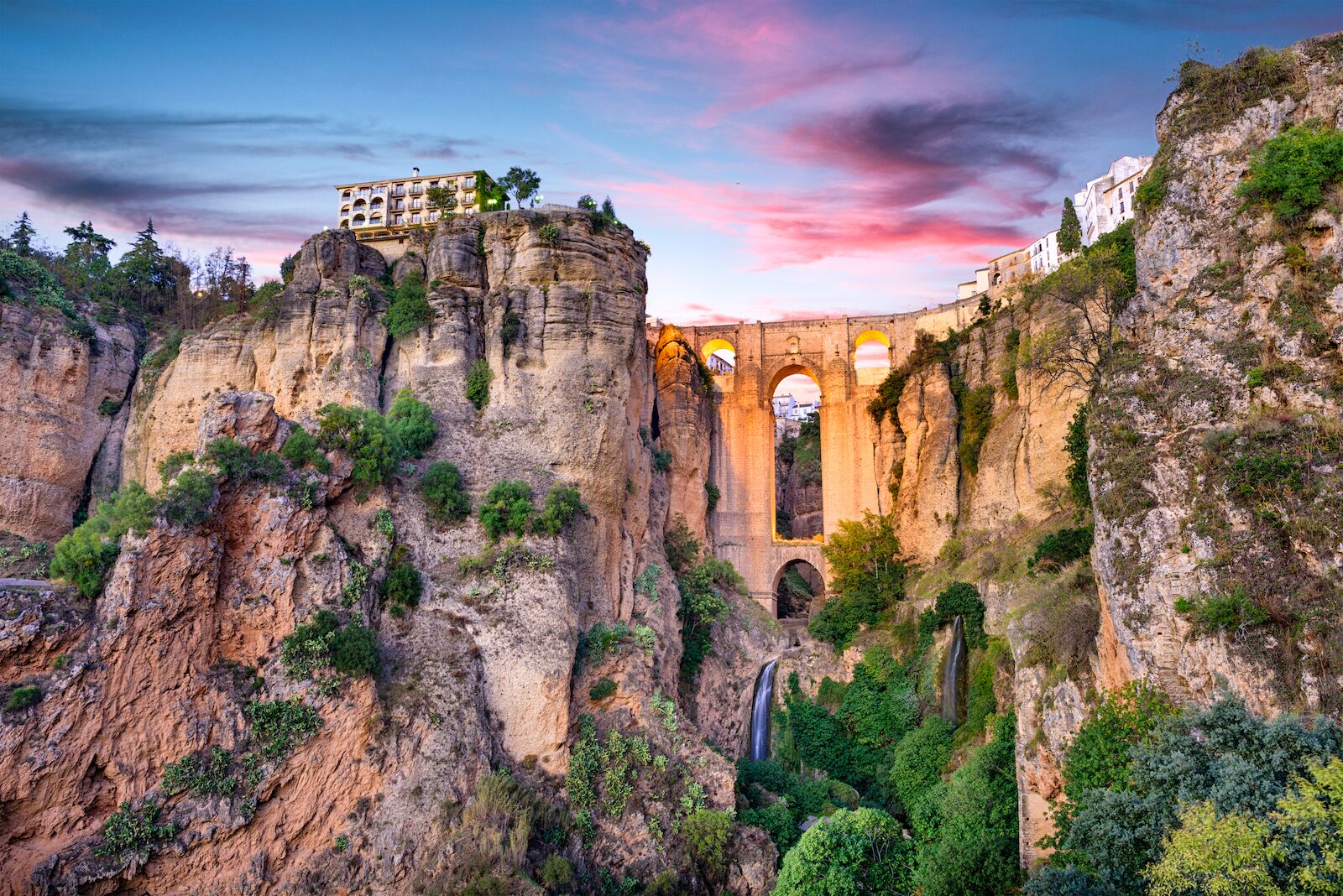
Photo: Sean Pavone/Shutterstock
Finally completed in 1751, the Puente Nuevo took 42 years to build and claimed the lives of 50 workers in the process of its construction.
Runyang Bridge, Jiangsu, China

Photo: HelloRF Zcool/Shutterstock
The Runyang Bridge crosses the River Yangtze in China’s Jiangsu Province. It connects two parts of the expressway that links the behemoth cities of Beijing and Shanghai.
Khaju Bridge, Isfahan, Iran
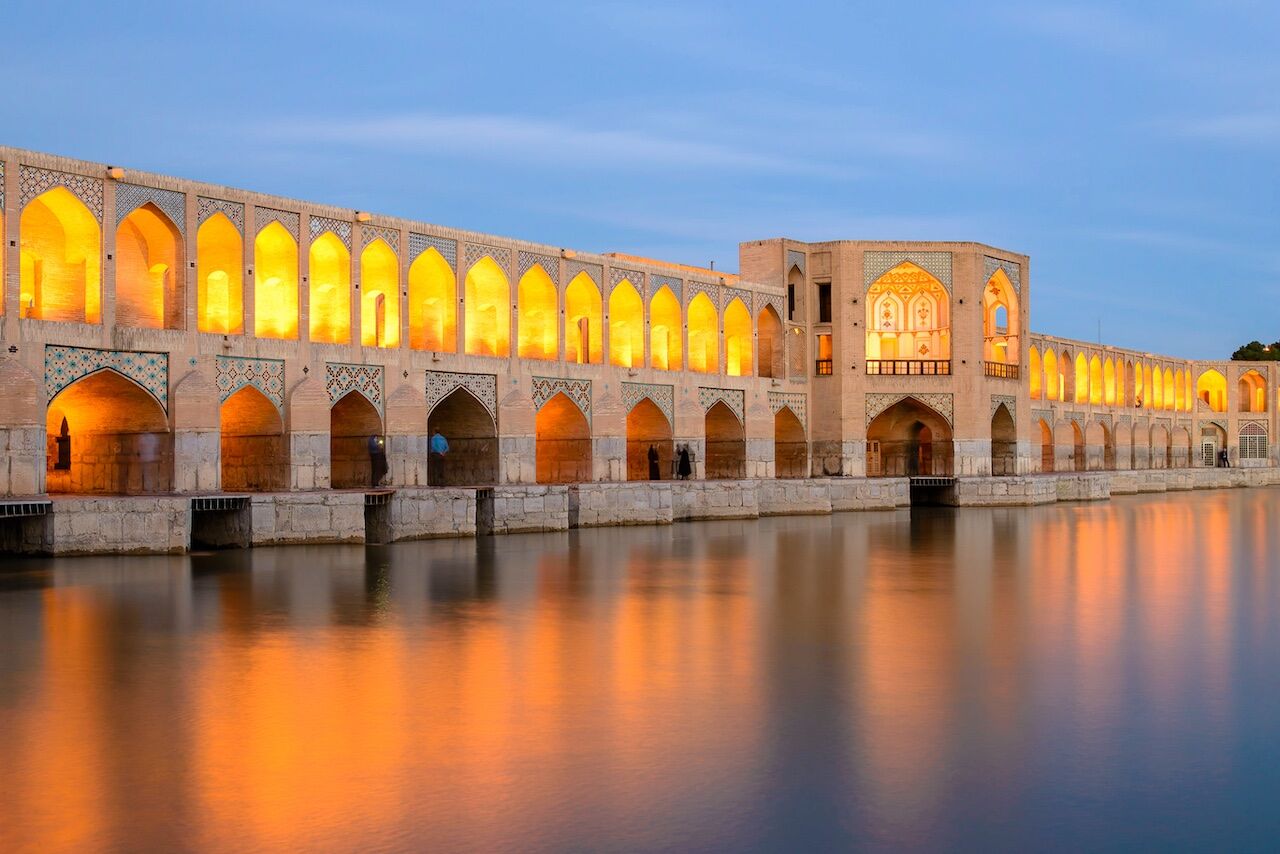
Photo: Jakob Fischer/Shutterstock
Iran’s Khaju Bridge serves as a bridge, dam, and meeting place. Its stone arches provide a popular shady resting spot for the residents of Isfahan.
Vasco da Gama, near Lisbon
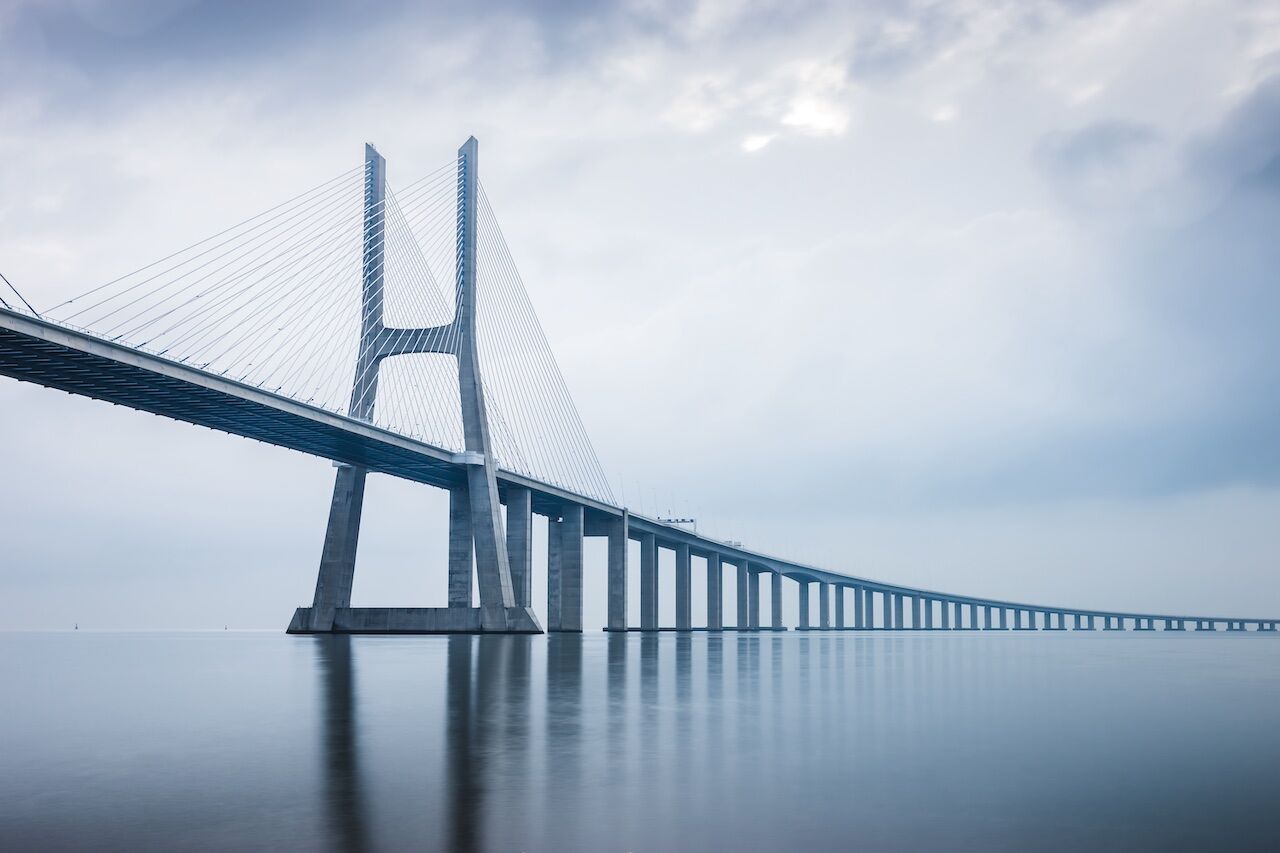
Photo: Tamas Gabor/Shutterstock
This Portuguese bridge was opened to traffic in 1998, on the occasion of the 500th anniversary of the explorer da Gama’s discovery of the sea route from Europe to India.
Chengyang Bridge, China
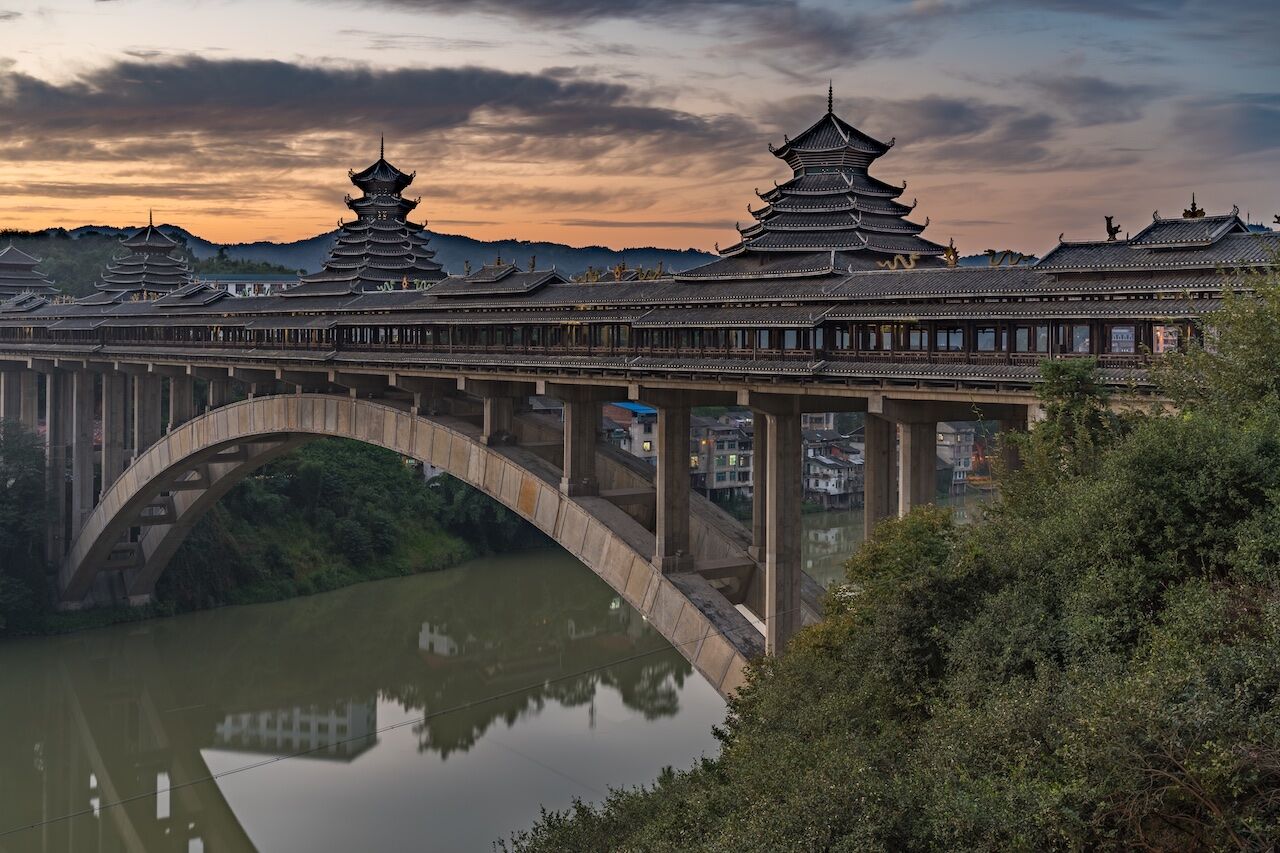
Photo: Laval/Shutterstock
Translated as the “Wind and Rain Bridge,” this structure’s five pavilions are popular meeting places for the residents of Chengyang.
Brooklyn Bridge, NYC
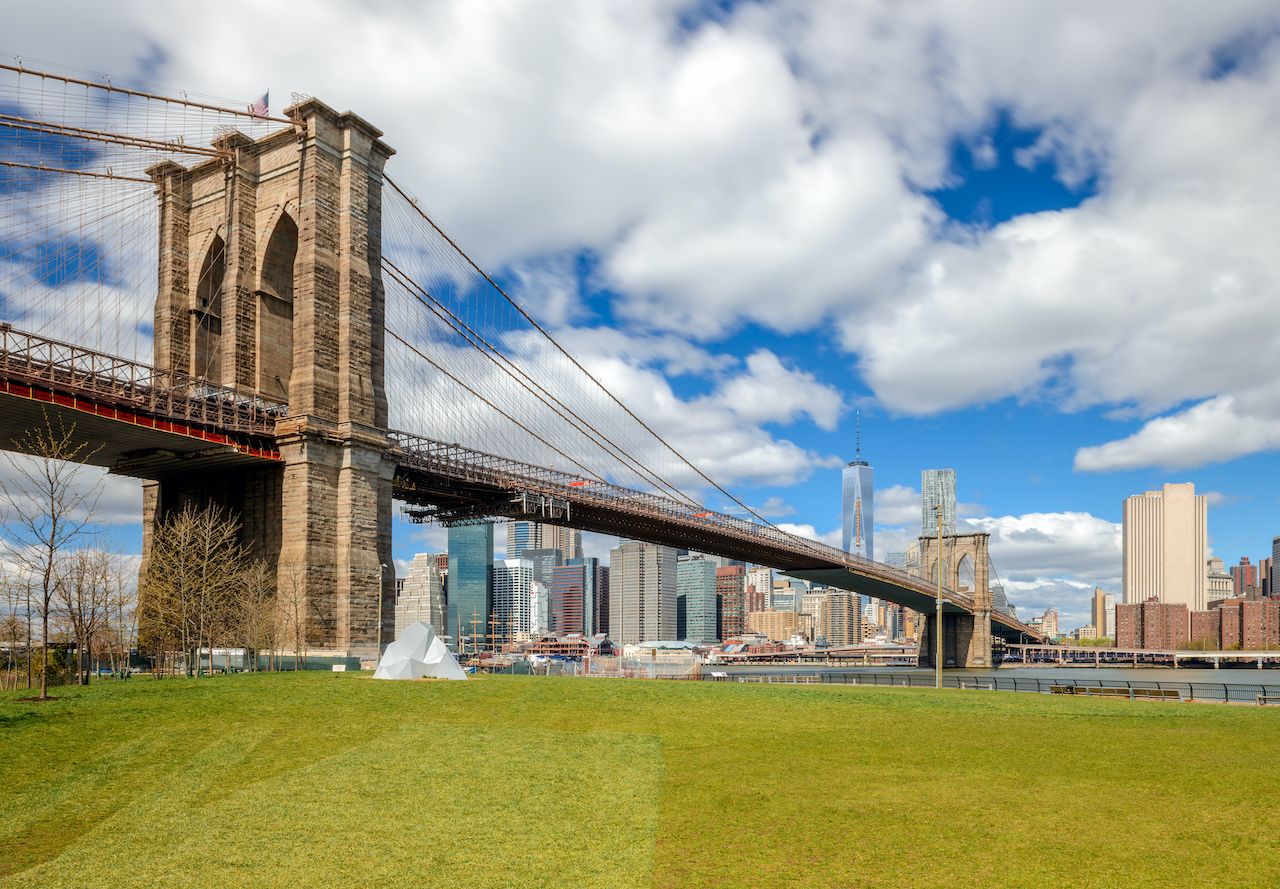
Photo: jgorzynik/Shutterstock
The first steel-wire suspension bridge in the world, the Brooklyn Bridge connects Manhattan and Brooklyn. More than 120,000 cars (and, encouragingly, 3,100 bikes) cross the bridge every day.
Fehmarn Sound Bridge, Germany
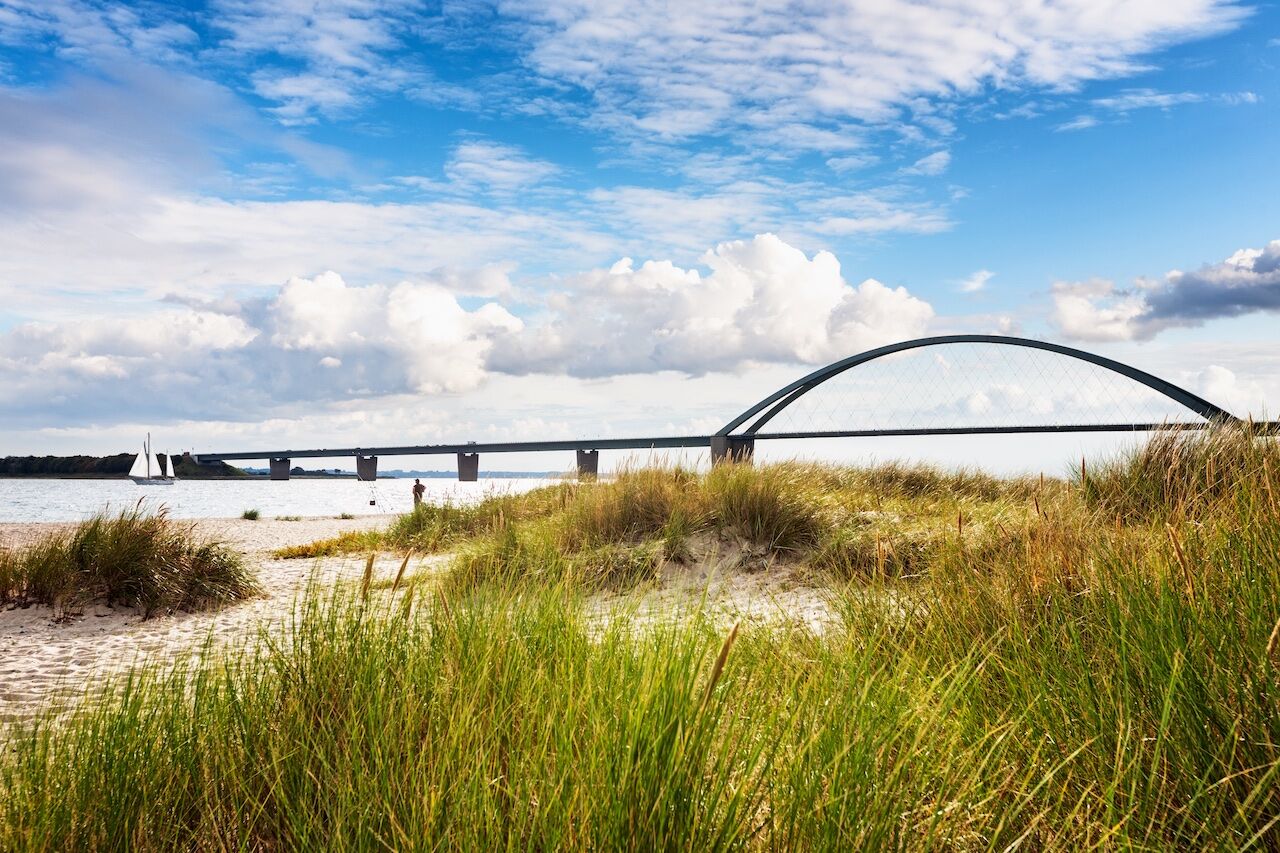
Photo: ifiStudio/Shutterstock
The Fehmarn Sound Bridge connects the island of Fehmarn to the German mainland, spanning almost a kilometer of the Baltic Sea. It was constructed during the Cold War, and explosive vaults were embedded into its structure so the bridge could be blown up in case of invasion.
Mackinac Bridge, Michigan
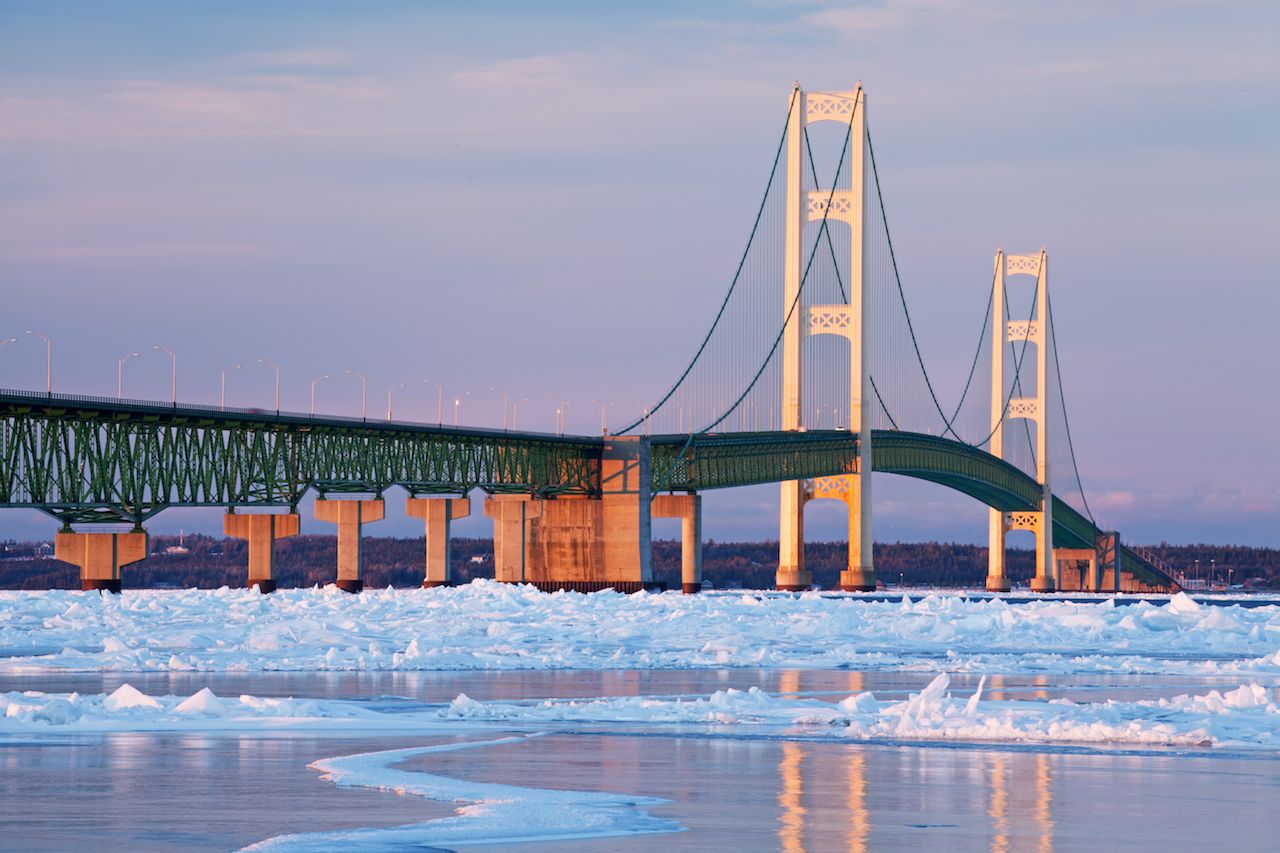
Photo: Dean Pennala/Shutterstock
Connecting Michigan’s two peninsulas, the five-mile Mackinac Bridge is the dividing line between Lake Huron and Lake Michigan. Every Labor Day, the bridge is opened to pedestrians, and tens of thousands of people converge on it to take part in the Mackinac Bridge Walk.
Konitsa Bridge, Greece

Photo: Adrian Popov/Shutterstock
This unassuming Greek bridge was built by Ziogas Frontzos from the nearby village of Pyrsogianni. Local legend has it than when the architects who had previously tried unsuccessfully to build the bridge asked him where he had studied bridge building, he proudly replied: “In the University of Pyrsogianni!
Tower Bridge, London
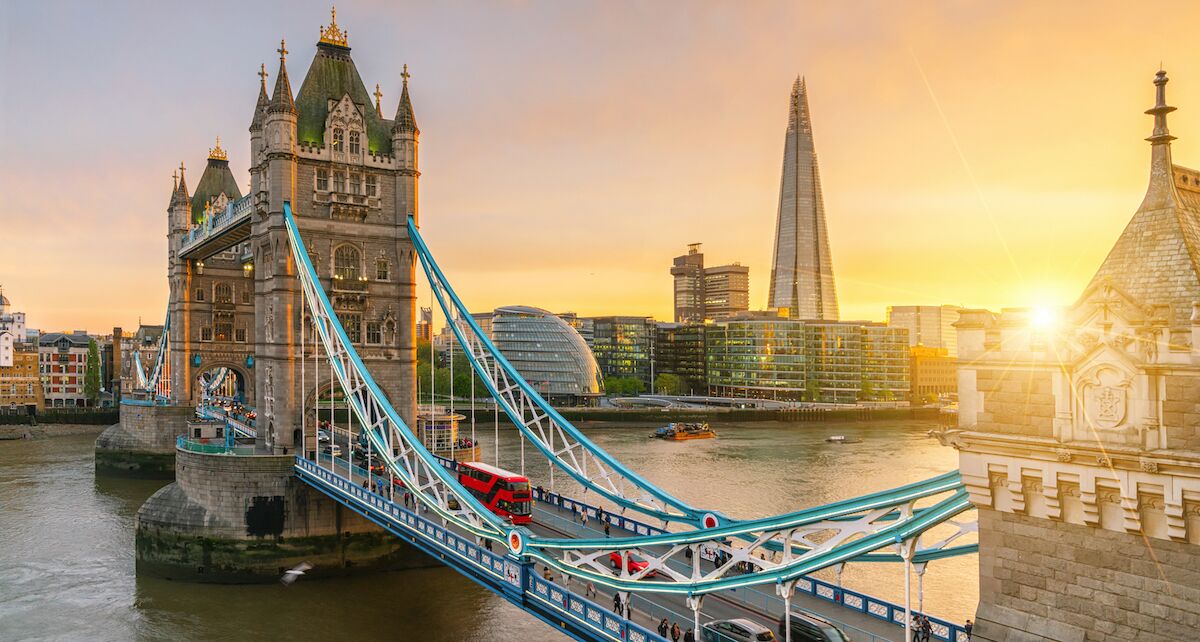
Photo: r.classen/Shutterstock
Named for the nearby Tower of London, the Tower Bridge stands as an iconic symbol of Great Britain’s capital.
Rialto Bridge, Venice
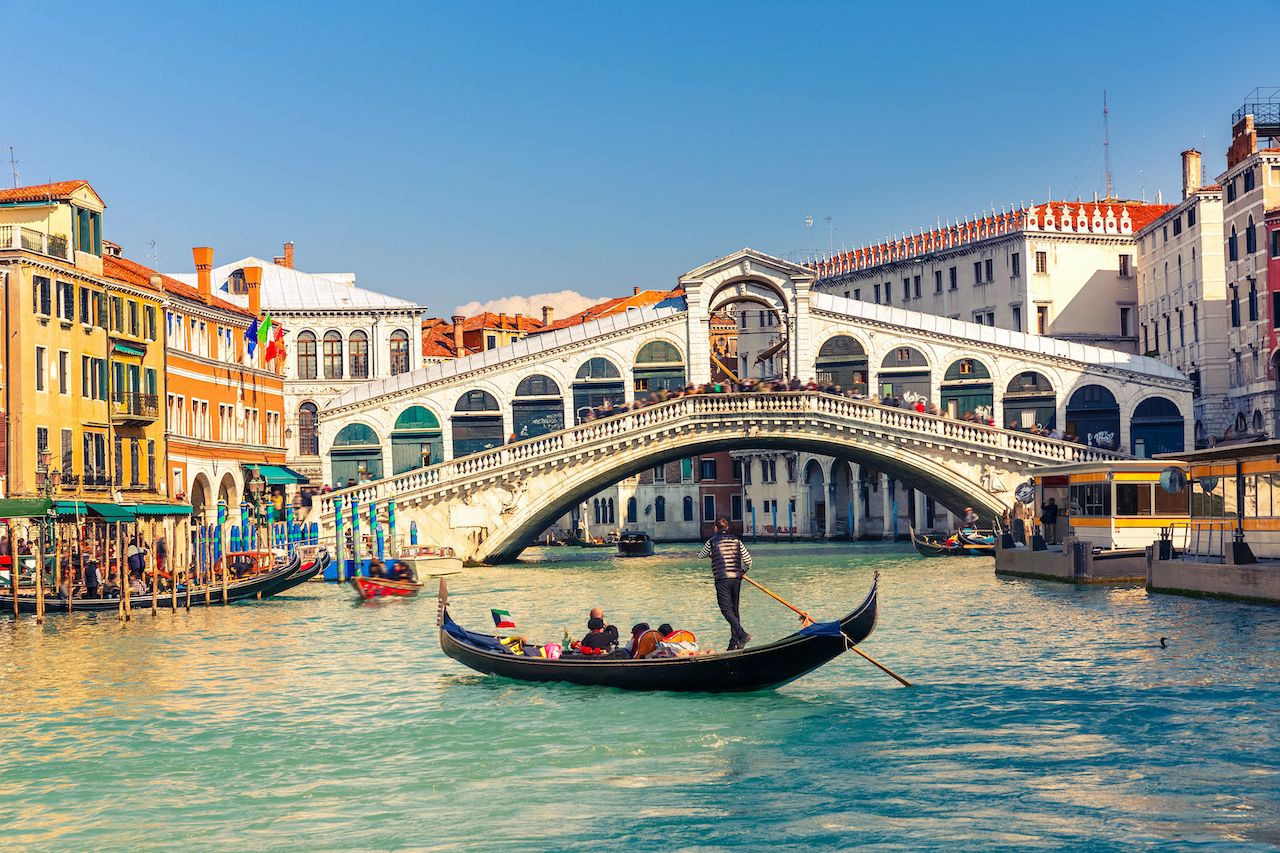
Photo: S.Borisov/Shutterstock
The raised central arch of Venice’s Rialto Bridge allowed for large boat traffic on the city’s Grand Canal during its marine trading heyday. Today the bridge is one of the most visited landmarks in Venice.
Kapellbrücke, Lucerne, Switzerland

Photo: Eryx V/Shutterstock
This covered wooden footbridge was built in the 14th century. Its roof is decorated with over 100 paintings depicting the history of the city.
Stari Most, Bosnia and Herzegovina
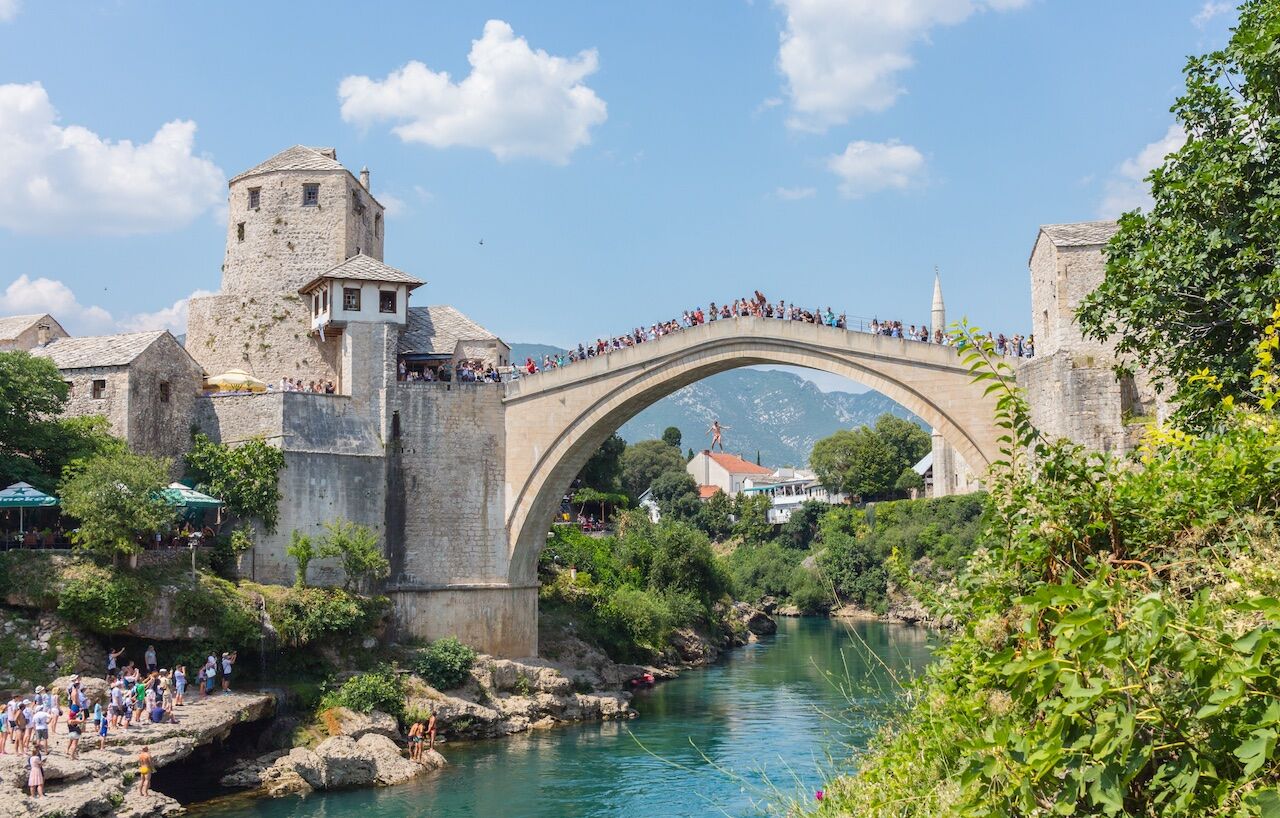
Photo: Alekk Pires/Shutterstock
Stari Most was originally built in the 16th century to connect the two shores of the city of Mostar. Destroyed in 1993 during the Croat-Bosnian war, it was painstakingly rebuilt and reopened in 2004. Today, it spans the River Neretva once more.
Tsing Ma Bridge, Hong Kong
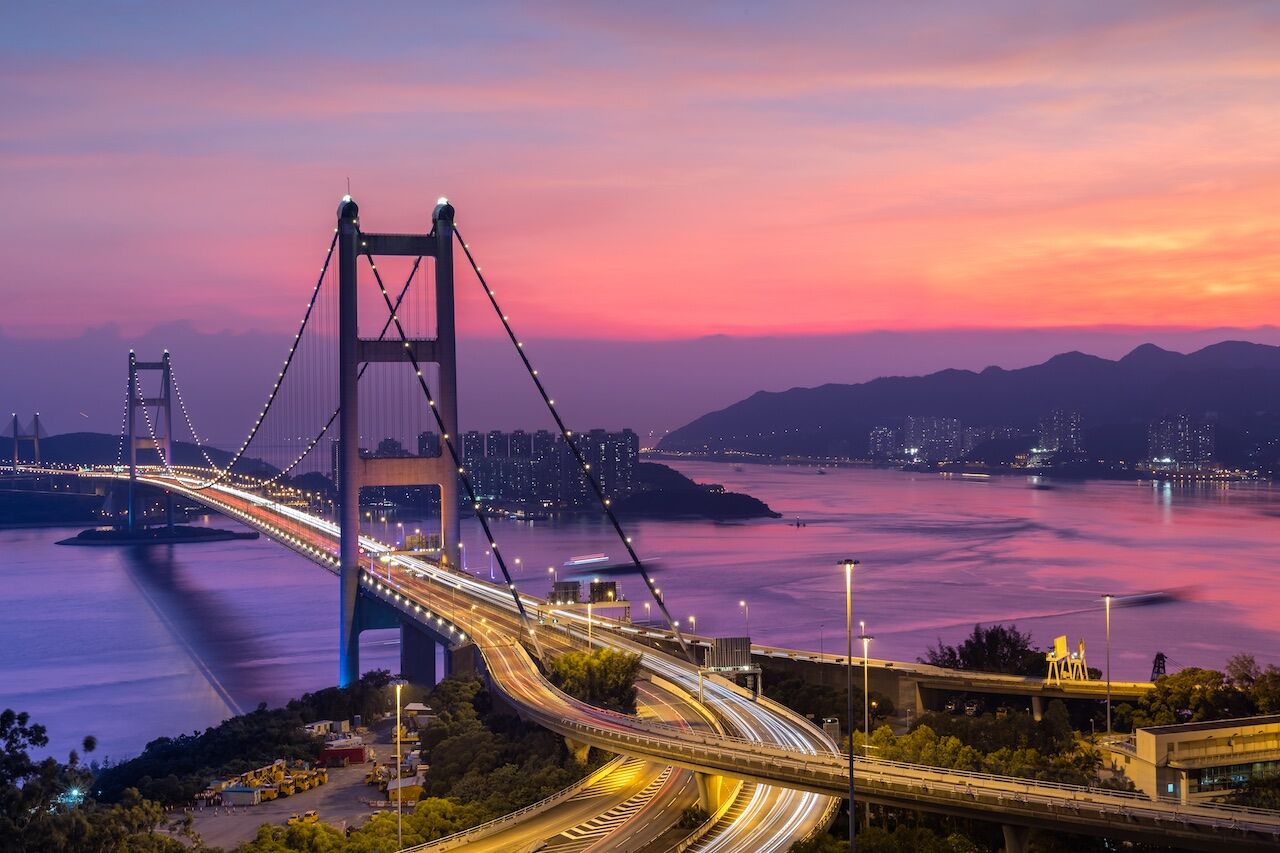
Photo: Carlo Yuen/Shutterstock
With a span of almost 1400 meters, Hong Kong’s Tsing Ma Bridge is the longest rail-traffic suspension bridge in the world. It’s also an example of forethought in engineering — it has two enclosed road and rail lines that can be used to evacuate the area in case of severe typhoons.
Ponte Vecchio, Florence
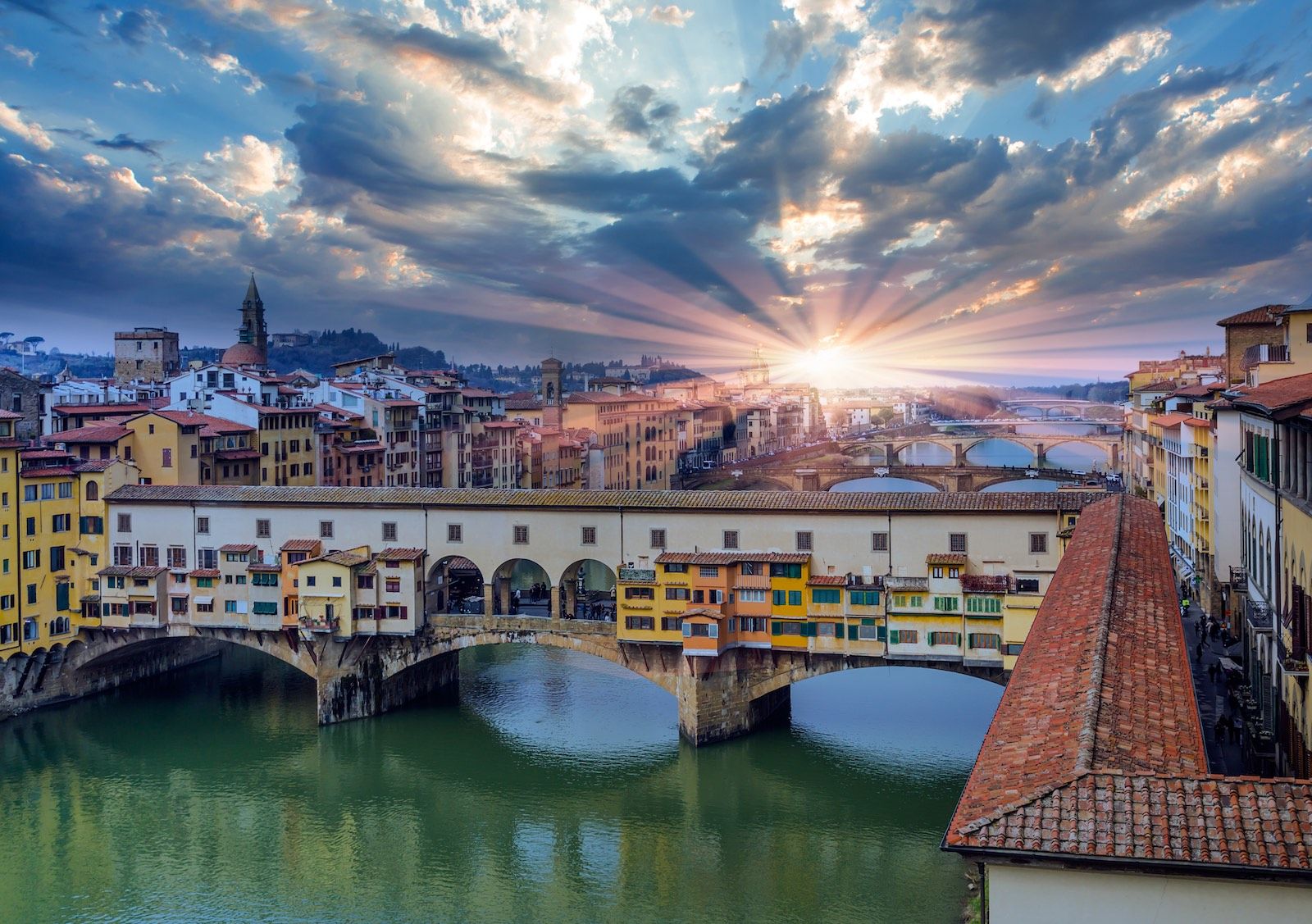
Photo: Shutterstock/Muratart
Believed to have originally been built in the 10th century, Ponte Vecchio was washed away in floods and rebuilt twice. It was the only bridge in Florence not to be destroyed during World War II.
Python Bridge, Amsterdam
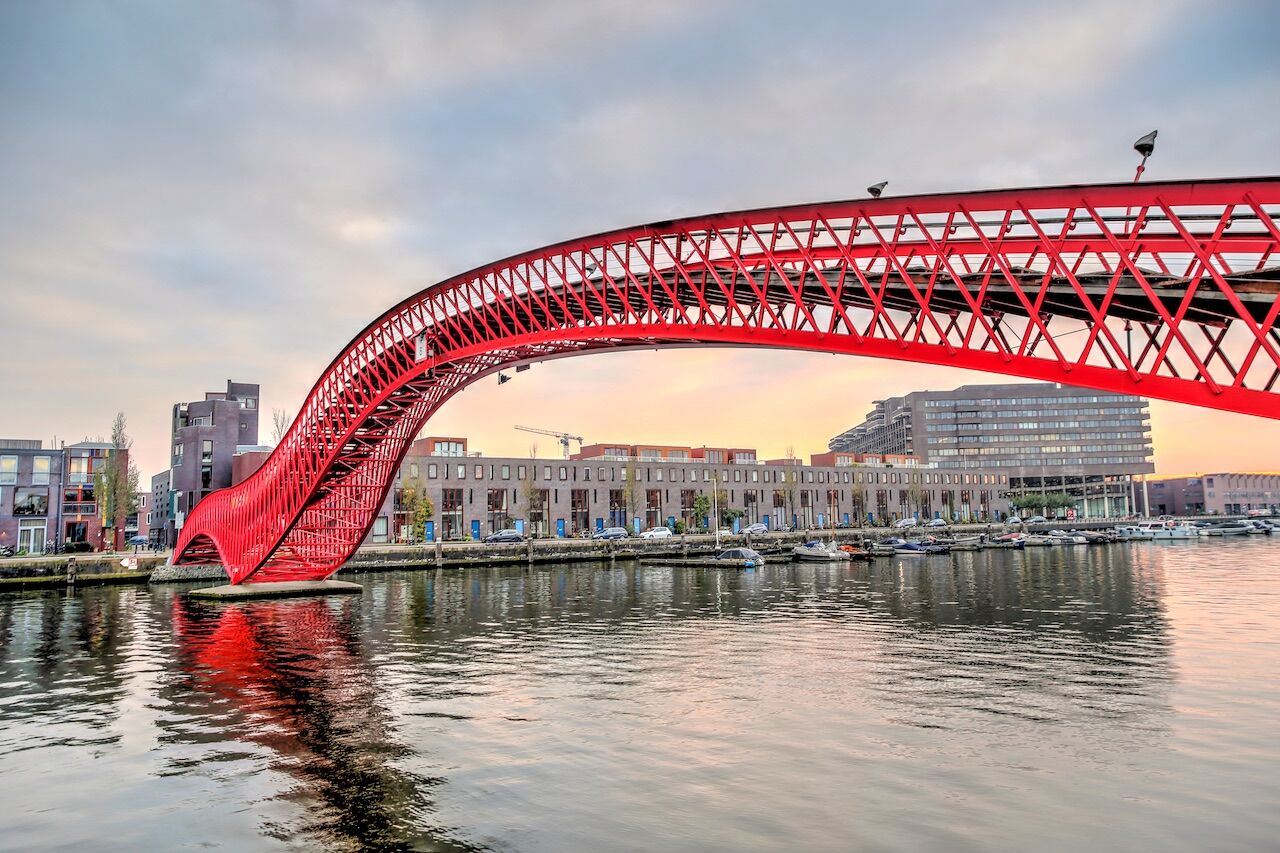
Photo: Todamo/Shutterstock
Built in 2001, this Amsterdam bridge really does resemble a giant red snake. Bonus points for the decorative aluminum seagulls.
Eitai Bridge, Tokyo

Photo: Luciano Mortula – LGM/Shutterstock
After the original wooden structure was destroyed in an earthquake, the city of Tokyo built this high-strength steel replacement in 1926.
Sydney Harbour Bridge, Sydney
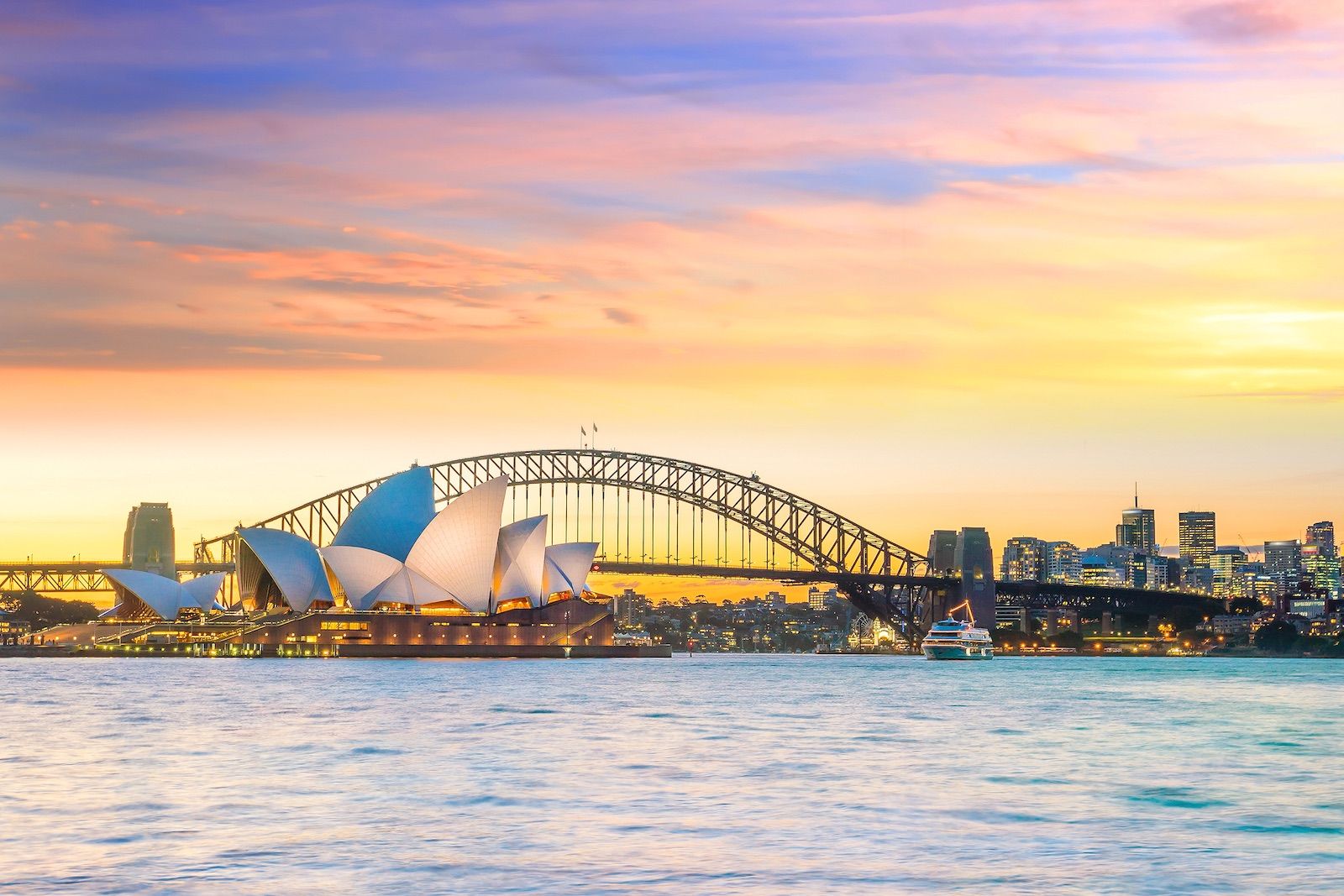
Photo: Shutterstock/F11Photo
The best time to see the Sydney Harbour Bridge is on New Year’s Eve, when the bridge forms the focal point of the city’s fireworks celebrations.
Penang Bridge, Malaysia
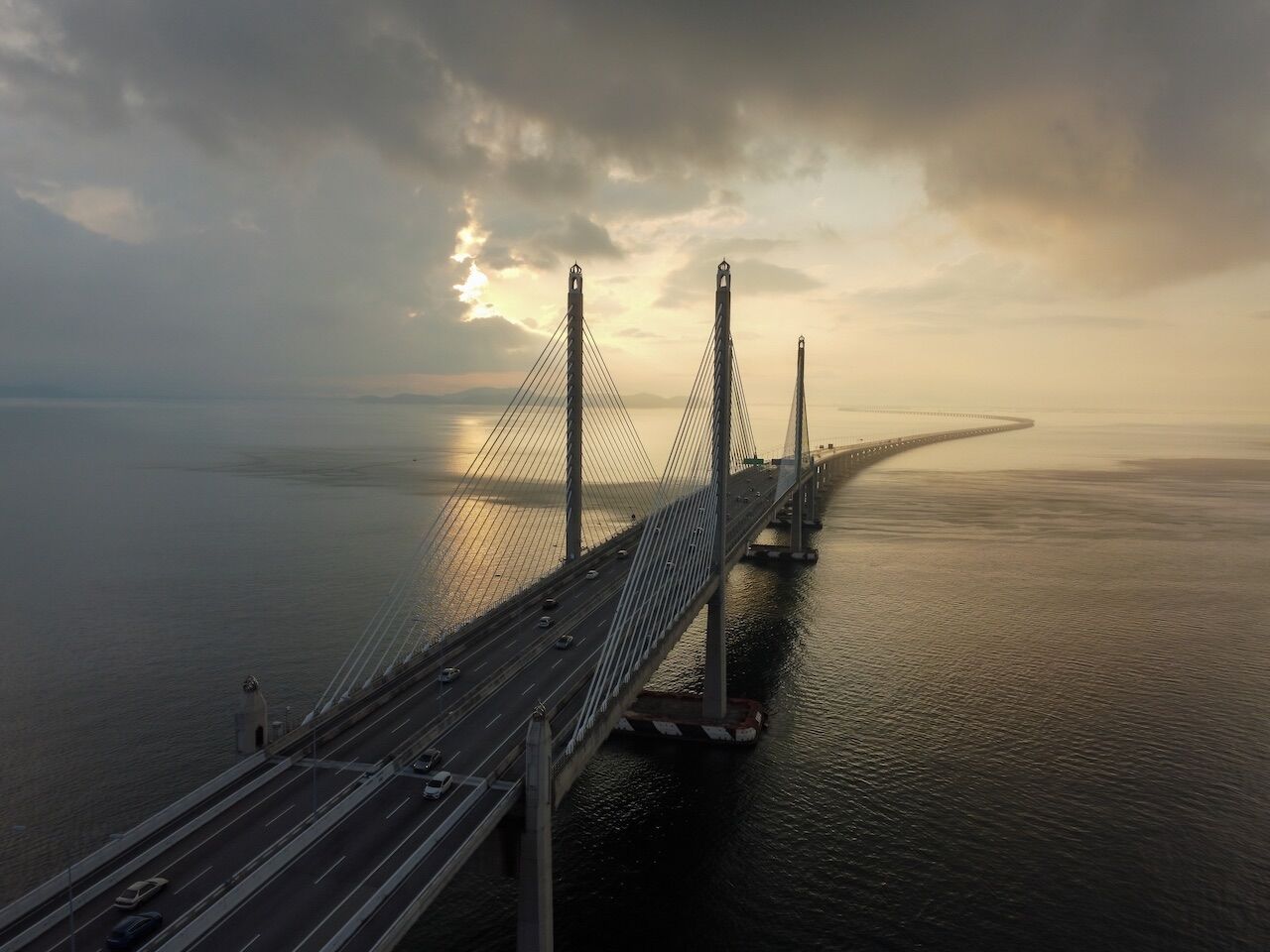
Photo: Cloud Yeu/Shutterstock
At an impressive 13.5 kilometers, the Penang Bridge is Malaysia’s longest.
Pont du Gard, France
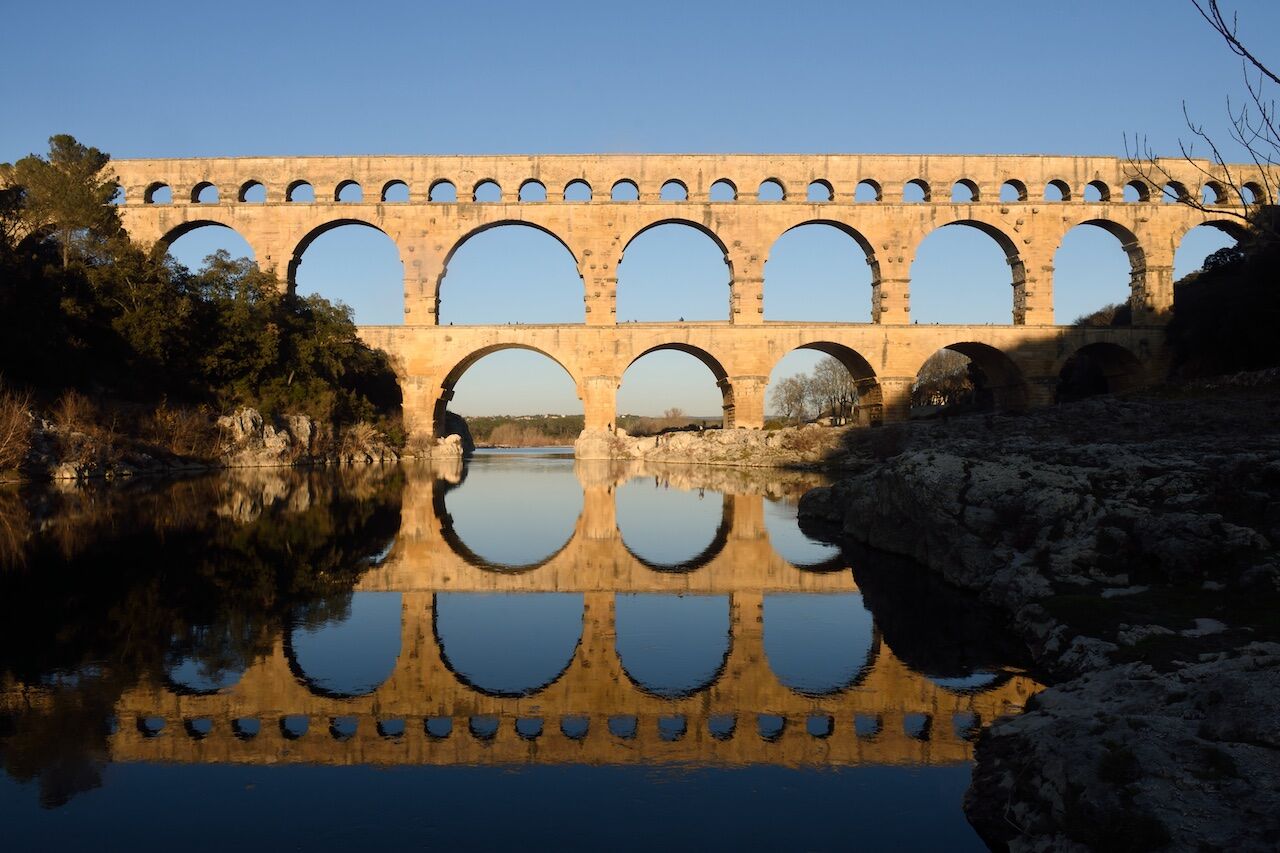
Photo: Josep Curto/Shutterstock
This aqueduct bridge was built by the Romans in the first century A.D. Because of its historic significance, it was added to the UNESCO list of World Heritage Sites in 1985.
Golden Gate, San Francisco
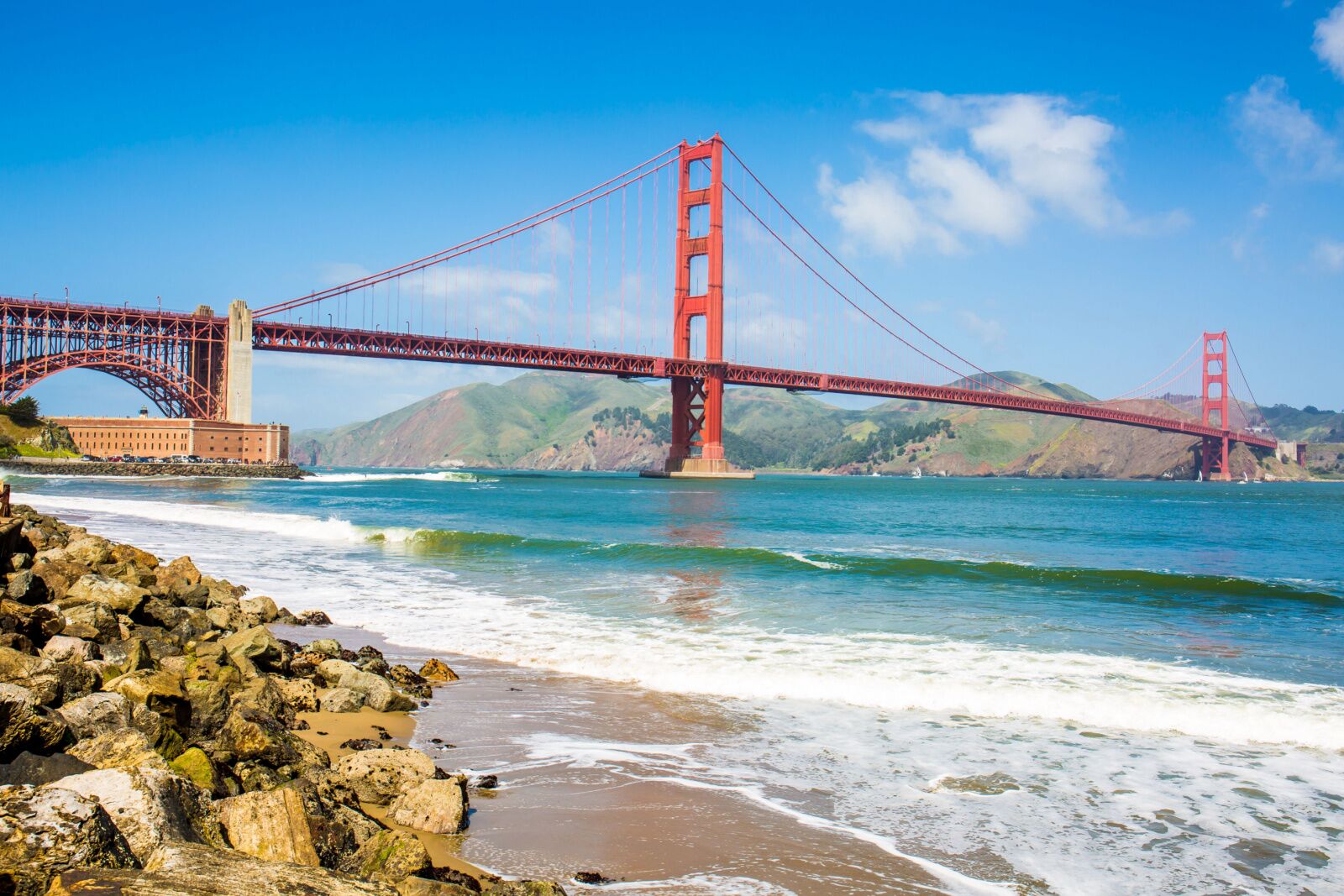
Photo: Aeypix/Shutterstock
San Francisco’s iconic bridge spans the Golden Gate, the strait that connects San Francisco Bay to the Pacific Ocean. Its remarkable orange colour (known in the aerospace industry as “international orange”) was chosen to make it visible to passing ships even in heavy fog.
Kintai Bridge, Japan
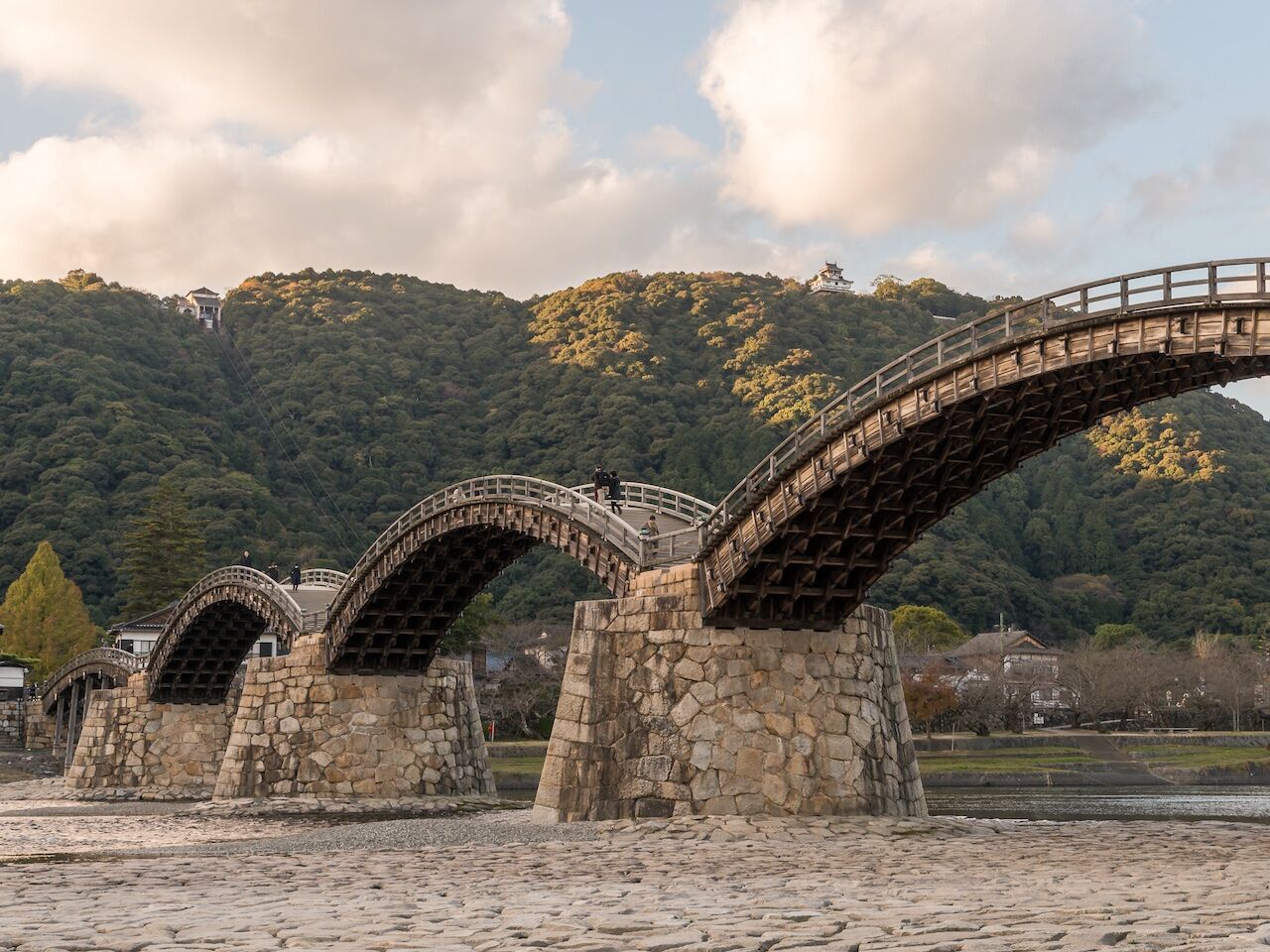
Photo: gnoparus/Shutterstock
Built in 1673, this wooden arch bridge spans the Nishiki River in Japan’s Yamaguchi Prefecture. The current bridge is the last in a series of wooden bridges destroyed in rapid succession by localized flooding. Thanks to architectural improvements, this final version still stands today and has been named a national treasure by the Japanese government.
Puente del Alamillo, Sevilla, Spain
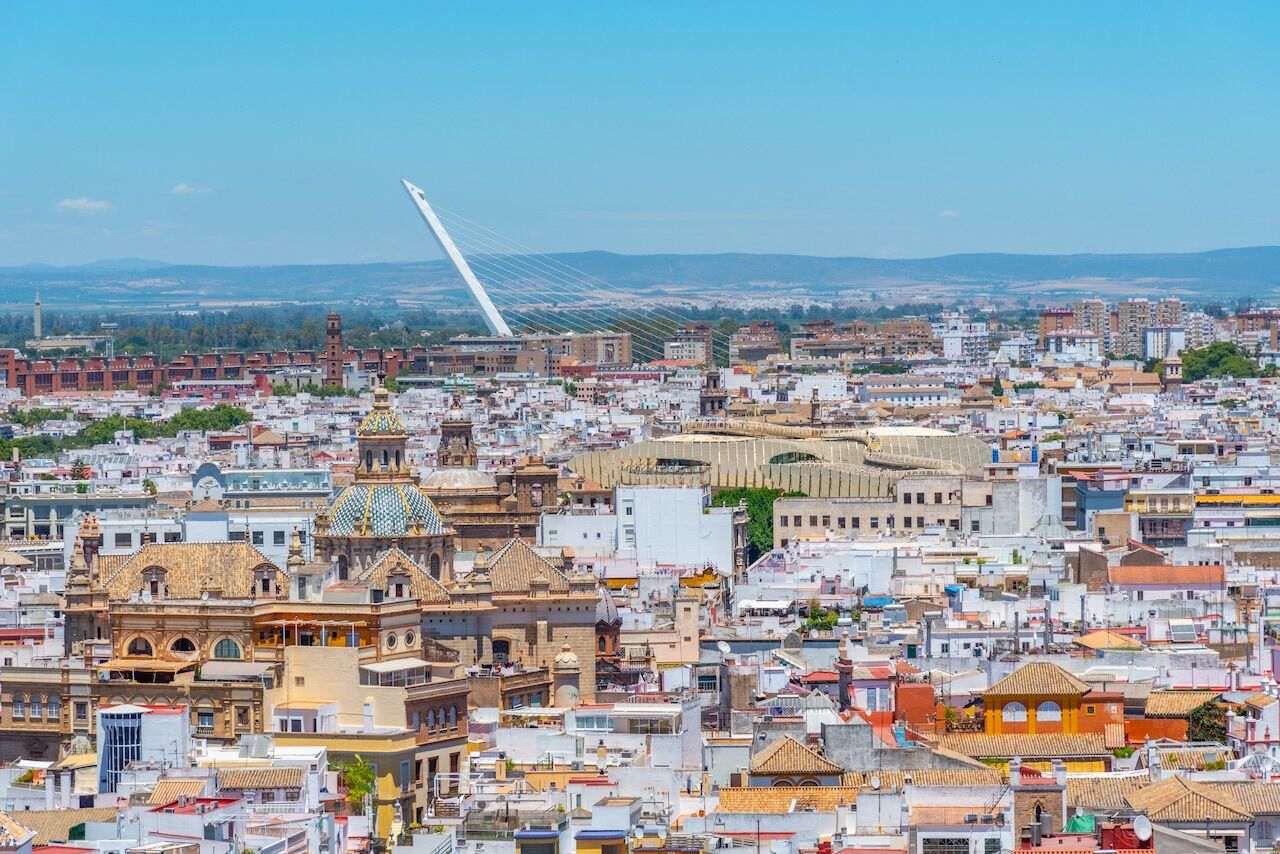
Photo: trabantos/Shutterstock
The Alamillo Bridge was built for Seville’s Expo 92, which celebrated the 500th anniversary of the famous voyage by Christopher Columbus.
Helix Bridge, Singapore

Photo: Nido Huebl/Shutterstock
Modeled after the DNA double helix that encodes the blueprints for life on Earth, the Helix Bridge is a pedestrian walkway in downtown Singapore. It was officially opened in 2010.
Pont d’Avignon, France
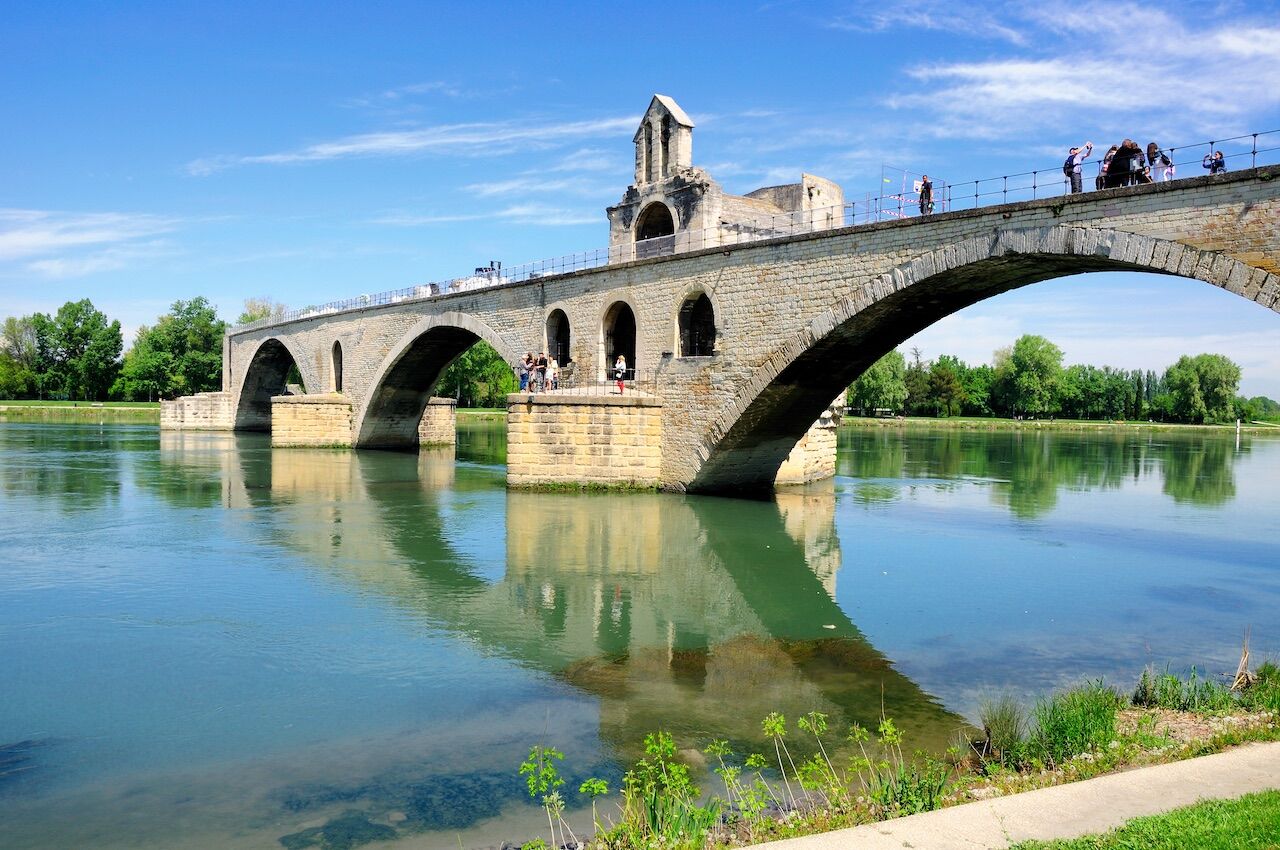
Photo: Oleg Zaslavsky/Shutterstock
Built in the 12th century, the Pont d’Avignon used to span France’s Rhône River. Today, only four of the original 22 arches remain.
Gateshead Millennium Bridge, England

Photo: Hazel Plater/Shutterstock
Opened in 2000, the Millennium Bridge is a pedestrian footbridge across the River Tyne with a unique feature: The bridge can rotate up to allow boats to pass under.
Puente Trajan, Spain
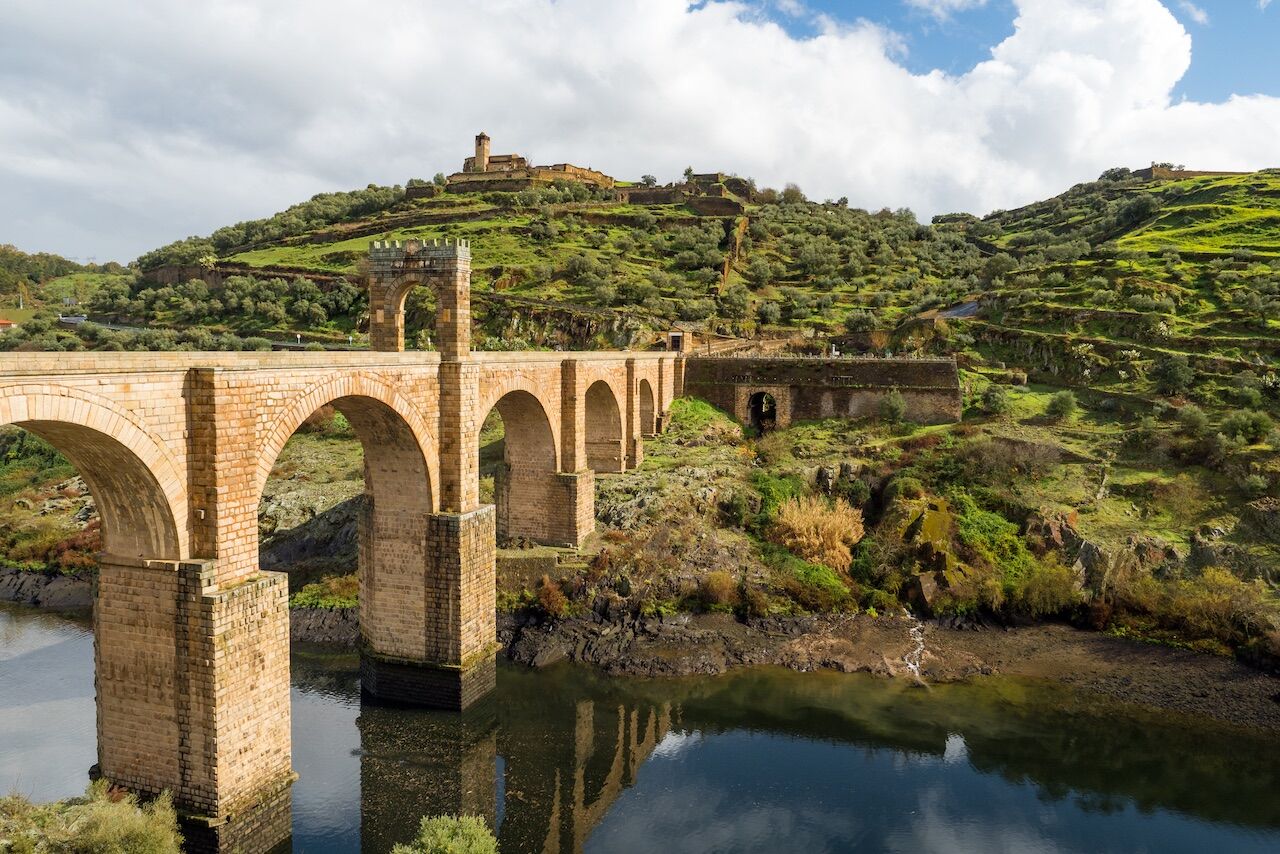
Photo: ikmerc/Shutterstock
Standing in Alcántara, Spain, the Puente Trajan is a stone bridge built by the Roman emperor Trajan between the years 104 and 106 A.D. The Latin inscription on its archway states: “I have built a bridge which will last forever. So far, so good.”
